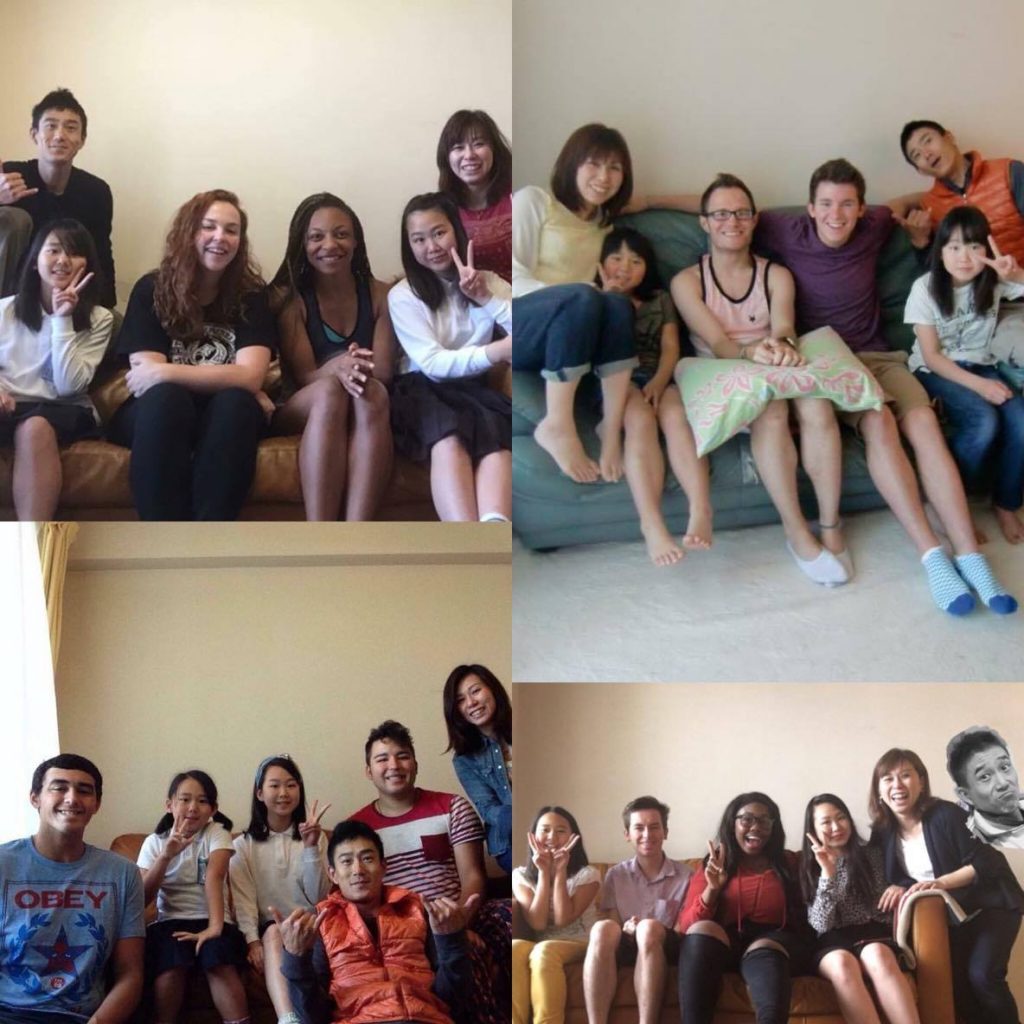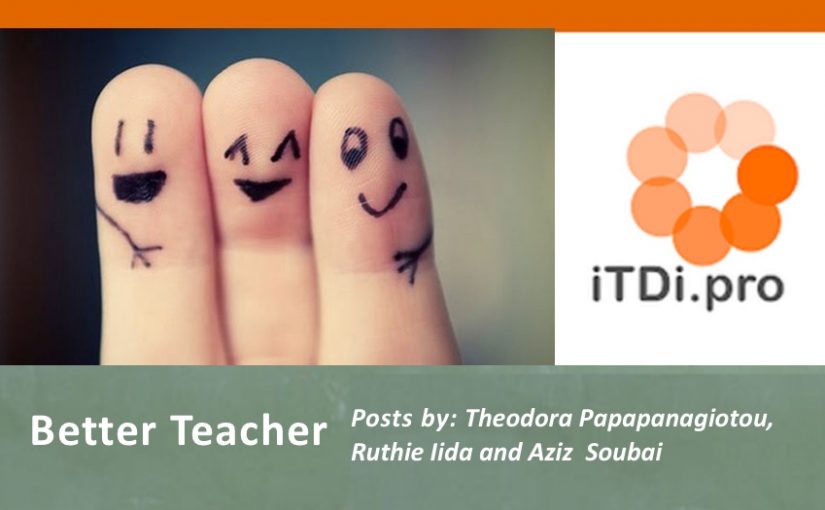
It was a hot summer day in Naples in Italy, some eight years or so ago. I was with an Italian colleague waiting to head to a meeting. I knew that the drive in a taxi was about 30 minutes and I also knew that the traffic would be bad. Yet she was showing no signs of getting ready to leave. I could feel that little knot of anxiety in my stomach becoming a larger knot of anger as we left to find a taxi just a few minutes before the meeting. Inevitably, we arrived late and some apologies were given but as I sat down at the meeting table, ready to start, I noticed that everyone else seemed to be, how can I put it, chatting. It was a frustrating day for me, but the meeting seemed to be a great success despite my stomach knots.
A moment of reflection might be appropriate at this point.
In Italy, particularly in the south, time is seen as a more fluid commodity than in northern Europe and it is more acceptable to arrive a little after the agreed time. As for the “chatting”, in many cultures, human relationships are held in higher regard than business transactions and the renewal or negotiation of these relationships is vital to successful interactions. Even if to other cultures it sounds like chatting. In my British culture, control of time is usually seen as a central part of our daily lives and our approach to work is more driven by the task than by the people.
I later had a “grown up” conversation with my colleague and took the opportunity to mention that, for me, going to a meeting late was like arriving with no trousers on. Her perfectly reasonable response was that my constant clock-watching and reminding made her feel breathless. Thus, compromises were reached. These conversations and the constructive engagement within them, it seems me, can help us manage these cultural differences and ensure smoother transactions in the future.
But what does all this have to do with English language teaching? When you’ve been working in the field for as long as I have, it becomes clear that, like all dynamic professions, English Language teaching has its trends. Ideas come, develop and stay, or sometimes wither and go. In my view, one of the most exciting areas to have emerged in (fairly) recent years is that of the integration of 21st century skills into our teaching. It’s hard to find a contemporary course book that doesn’t somewhere in the blurb profess to address these issues. For anyone uncertain, the areas covered by 21st century skills can be summarised under these four headings:
Critical Thinking and Problem Solving;
Collaboration and Communication;
Creativity and Imagination;
Citizenship.
The aspect of 21st century skills that has always fascinated me the most is that of cross-cultural awareness, an area that sits under the second heading above. From personal experience working and running ELT projects in over 20 countries, I know how important this aspect of communication is. I consider myself to be reasonably culturally literate but I still sometimes find myself coming (almost) unstuck in my travels and encounters around the world, such as in the Naples story above.
Stories such as mine are anecdotal, yes, but these can be very awkward situations with serious consequences for commercial or other relationships if a degree of empathy and understanding is not achieved. There is in fact a significant body of theory that can help us to make sense of cross-cultural situations and allow us to anticipate the behaviours of others and, where required, modify how we behave.
Cross-cultural communication is most certainly a 21st century skill, and teaching an awareness of it falls within our roles as teachers of adults or young adults. We are, after all, preparing our students for the real world, and that real world is where in business, science, and education Japanese people collaborate with Brazilians and Germans negotiate with Omanis. We need to teach not only the language but also the broader communicative context.
Self-awareness is perhaps the key to cross-cultural fluency. Classroom activities that encourage learners to reflect on their own culture and on how they are viewed by others can sometimes provide that magic “what” – the content – that students need to feel a desire to communicate.
If things close to the heart are they key to stimulating communication, what could be better than your own culture?













